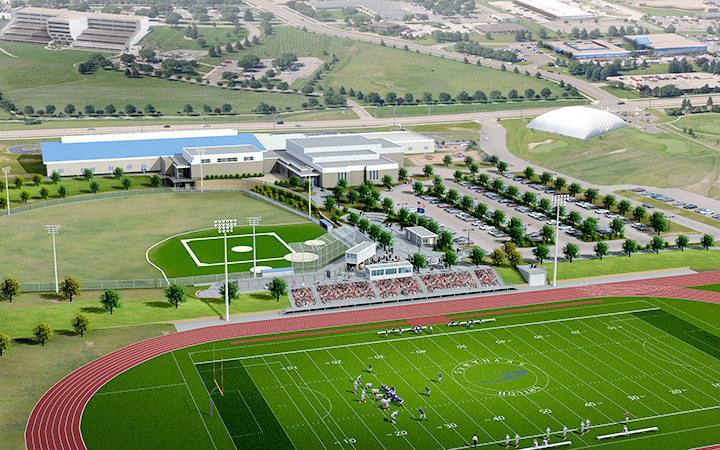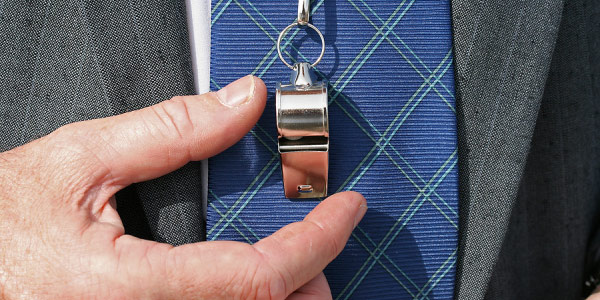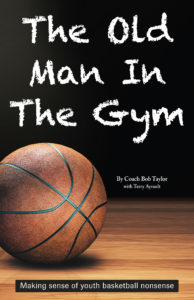Wis. HS basketball game ends 14-11, fuels case for shot clock
 A Wisconsin high school boys basketball game ended with a 14-11 score last week, with the winning team holding the ball for the final seven minutes before taking a game-winning 3-pointer. Antigo knocked rival Rhinelander from the postseason and, without the use of a shot clock, was able to hold the ball and bleed the clock for much of the game.
A Wisconsin high school boys basketball game ended with a 14-11 score last week, with the winning team holding the ball for the final seven minutes before taking a game-winning 3-pointer. Antigo knocked rival Rhinelander from the postseason and, without the use of a shot clock, was able to hold the ball and bleed the clock for much of the game.
Here are some thoughts from those on social media:
https://twitter.com/maroonsradio/status/706880971765846017
https://twitter.com/S_Larson24/status/706851752184778752
That Antigo – Rhinelander game last night is bad for the sport. Held the ball for the last 7 minutes? #ShotClockNeeded
— Brad (@B_Ko24) March 5, 2016
It's not cost effective to have a shot clock but I hope I never witness a game like Antigo vs Rhinelander last night.
— Mark Jandrin (@jandrin48) March 5, 2016
We revisit this debate every year. Teams have used stalling tactics to keep the ball away from a better team, and a lot of times it’s successful. But what’s more important: winning or actually playing the game? The argument boils down to whether stalling tactics are unsportsmanlike and against the spirit of the game.
But implementing a shot clock isn’t as easy as it sounds. We surveyed readers about this debate last year, and many athletic administrators said they would be forced to spend thousands purchasing a new scoreboard and shot clocks — thousands that are not available in their budgets. On top of that, they need reliable individuals to run the clock, which can be tricky.
In our 2015 survey, 79% of coaches said they supported a shot clock at the high school level. Click here to read some of the responses.










